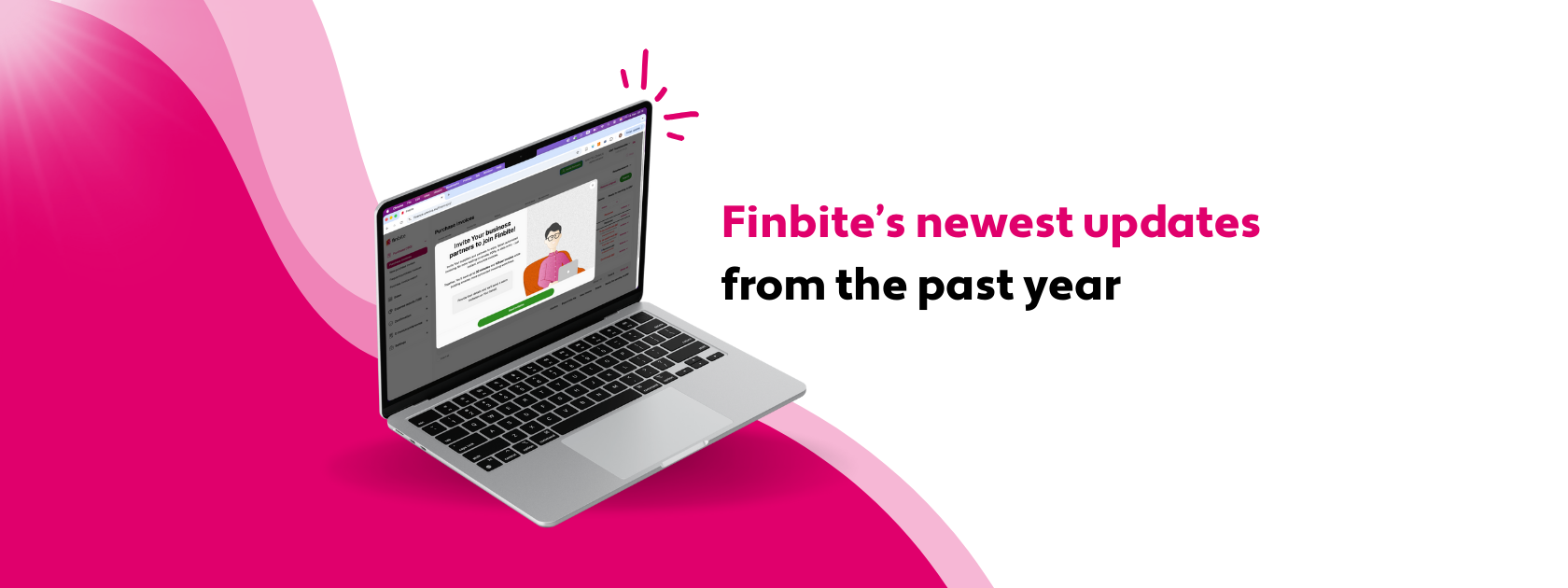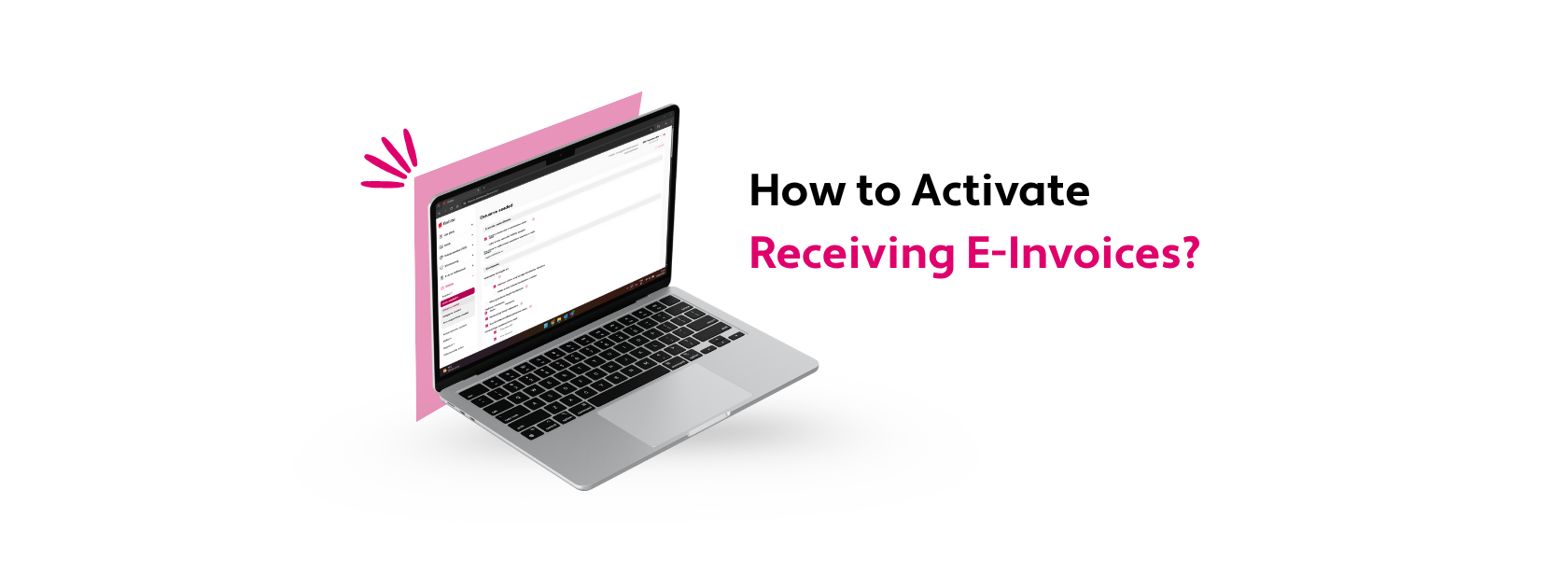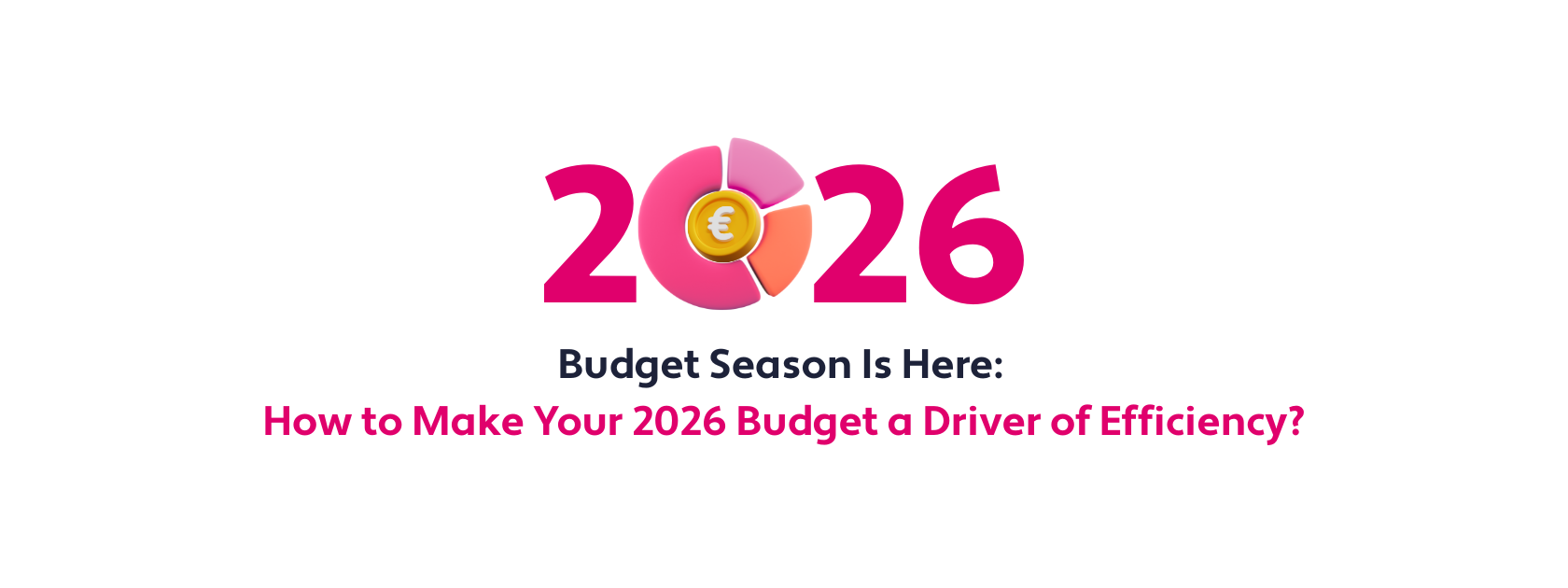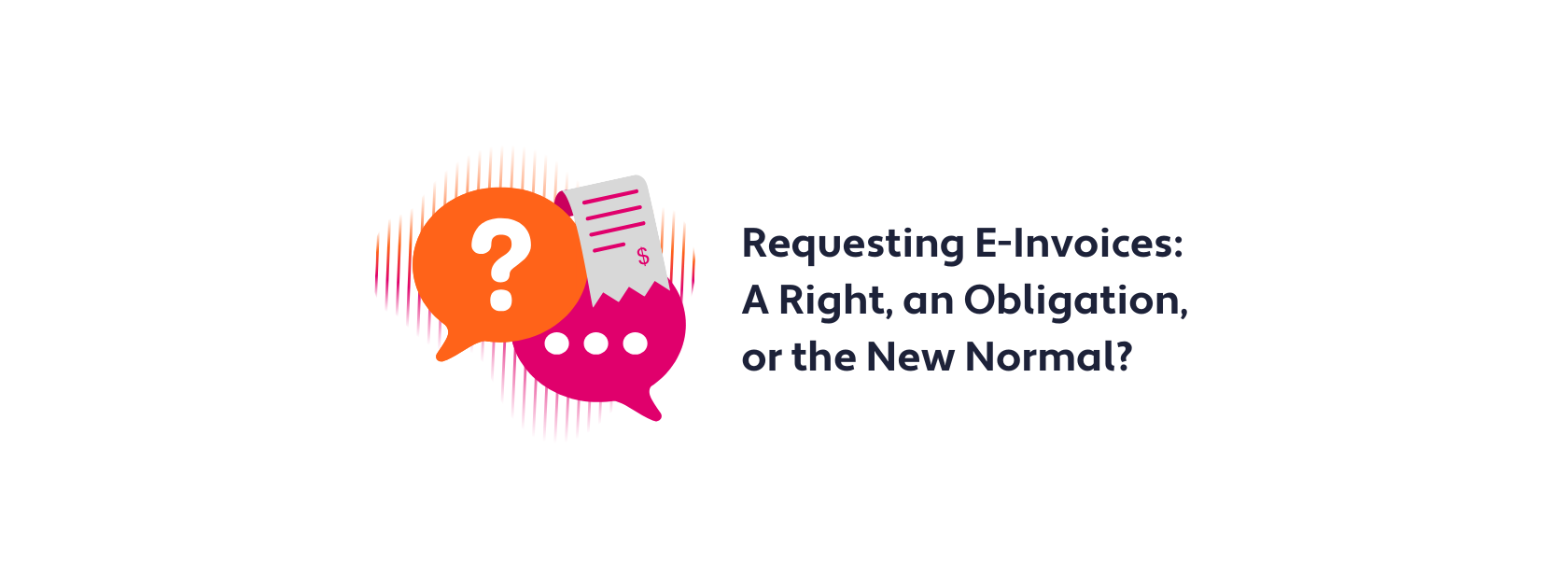
If you’re a small business owner, you may be focused on essential tasks such as acquiring new customers and developing your products or services. However, more tedious tasks such as collecting and organizing receipts are also crucial to the success of your business.
In this article, we’ll explain why organizing receipts and keeping accurate expense records is so important. We’ll also touch on receipt organization best practices and explain how a business receipt app can make receipt organization easier.
In this article
- Why is business receipt management so important?
- Traditional methods for receipt management
- Managing receipts with a receipt organizer app
- How to scan receipts with a receipt scanner app
- How to organize receipts with a receipts app
- Best practices for business receipt management
- FAQ: Small business receipt management
- Organize receipts with Finbite’s business receipt app
Why is business receipt management so important?
While collecting receipts might seem like a relatively unimportant task, receipt management for small business is crucial for several reasons:
Tax preparation
In most countries (including Baltic countries) all businesses must report their expenses to the relevant authority when submitting their taxes. This means collecting, organizing and storing expense receipts (whether in paper format or digitally) is crucial for accurate tax reporting.
Organizing receipts throughout the year, instead of at the end of the year, also makes it much easier for accountants to prepare and submit business expenses during tax time.
Employee reimbursement
When employees pay for business expenses out-of-pocket, businesses should reimburse them quickly and fairly.
An efficient process for reporting receipts and expense reports makes it easy for employees to submit receipts for out-of-pocket expenses, and allows the accounting department to quickly approve these expenses and reimburse employees.
When there is no system in place for reporting expenses and approving reimbursement, employees may be reimbursed late or unfairly, which can significantly reduce employee satisfaction.
Audit planning
Small business receipt management can also help businesses prepare for potential audits, significantly reducing the time accounting needs to spend on the audit.
Businesses can use a business receipt organizer app to keep an accurate record of their business expenses. In the case of an audit, all business expenses are readily available. Businesses can give auditors access to their digital archive, eliminating the need for auditors to come into the office to perform an audit.
Traditional methods for receipt management
Prior to the digital era, small business expense management required the collection, organization and storage of paper receipts.
Through this method (which many businesses still use today) employees collect their receipt, create an expense report, and then submit the report and receipt via email or on paper to the accountant, who then makes the payment.
Alternatively, a business can implement a system where employees collect their receipts and submit them to the accountant, who then fills in the expense report.
Some downsides of using paper receipts for expense management include:
- Requires physical storage space
- Exchanging receipts between departments is time-consuming
- Paper receipts are prone to loss, damage and fading
Managing receipts with a receipt organizer app
More and more businesses are transitioning from traditional receipt management to business receipt organizer software. A receipt app for business streamlines the receipt management process in several ways.
First, employees can use a receipt app to take a picture of their paper receipts immediately after making a purchase when out of the office. Employees can then enter the receipt data or send the picture of the receipt to be automatically digitized into a machine-readable format. Once the receipt has been digitized, there is no need to store the paper receipt.
The machine-readable receipt then moves instantly into the system, where users can create an expense report that is approved by a manager for reimbursement.
The process is 6 times faster and simpler than managing paper receipts or recording receipt information in a spreadsheet. Some other benefits of using an app for business receipts include
- Digitized receipts are safely stored in a digital environment, eliminating the risk of damage or loss.
- Eliminates the need for manual data entry (and the errors that come with it).
- Employees can record receipts and send them to accounting when out of the office (eg on a business trip).
- No need to keep paper receipts once they’re digitized.
How to scan receipts with a receipt scanner app
Finbite’s receipt scanner app uses your phone camera to scan receipts, which makes it possible to record and digitize paper receipts when away from the office, and immediately send them to accounting. The process for scanning receipts is as follows:
- Take a picture of the receipt with the Finbite business receipt scanner app.
- Fill out a short form or submit your receipt to be digitized. Finbite digitizes your receipt using OCR technology and all digitized documents are then verified by a digitizer to detect any errors. This system guarantees 99% quality.
- The machine-readable receipt moves instantly into the system, where you can make an expense report. The report is then confirmed by an authorized “confirmer” and then the accountant can make the reimbursement.
- The digitized receipt is a valid proof of purchase and is stored in a digital archive alongside the claim, so there is no need to keep the paper receipt.
How to organize receipts with a receipts app
With Finbite, digitized receipts can be stored in the Finbite environment or through integration, can move directly to the user’s accounting software. This makes it easy to view and organize receipts. Digital receipts are also safely stored in Finbite’s digital archive and you can resubmit and control safely stored receipts at any time.
Best practices for business receipt management
Categorize expenses
Some business expenses qualify for tax deductions, while others don’t. Properly categorizing your expenses (ie travel costs, office supplies etc) can help ensure you receive as many tax deductions as possible. Categorizing expenses as soon as you record them also makes it easier to calculate deductions during tax season.
Train employees
To ensure employees accurately report expenses, it’s essential to establish clear guidelines for submitting receipts and expense reports. Encourage employees to submit receipts immediately after purchase so they don’t forget to submit a report or lose the receipt. Educate employees on the importance of categorizing expenses.
Apps for business receipts like Finbite can make receipt reporting much easier for employees, which means they’ll require less training.
Establish a clear expense reporting process
A clear and efficient process for expense reporting is essential for business receipt management. A well-defined expense reporting process ensures that employees can efficiently submit expense reports and that all expense reports are confirmed before payment is made.
A digital confirmation circle can significantly improve the expense reporting process. Users can send expense reports to the confirmation circle to get approval from all parties before payment is made. Accountants can see every expense report waiting for approval in the system, giving them a complete overview of the process.
A digital confirmation circle speeds up the expense reporting process, but also helps businesses ensure all expenses are valid before the accountant makes any payment. By accepting only valid expense reports, a business can be better prepared for any potential audits. With Finbite, expense reports are stored in a digital archive, which businesses can grant auditors access to.
Perform internal audits
Regularly review your receipts and expenses to catch errors in reporting, identify duplicate expense reports and find miscategorized expenses. Regular audits can help you improve expense reporting over time and get a more accurate picture of your company’s finances.
Use tools that scale with your business
When using a digital receipt solution, choose a small business receipt organizer that can scale with your business as it grows. For example, Finbite lets users upgrade their plan to add features and users to accommodate their changing needs.
FAQ: Small business receipt management
What is the best receipt app for a small business?
Finbite is the best receipt app for businesses of all sizes. With Finbite, employees can simply take a picture of a paper receipt and fill out a short form.
Finbite digitizes receipts using OCR technology and all digitized documents are verified by a digitizer to detect any errors, ensuring a 99% quality guarantee. Once digitized, the machine-readable receipt moves instantly into the system, where users can then make an expense report. Once the report is confirmed by an authorized “confirmer”, the accountant can make the reimbursement.
Finbite also seamlessly and safely integrates with leading accounting software in the Baltics, allowing digitized receipts to move directly into your existing systems.
Why use a receipt app for small business?
Using a receipt app for small business streamlines expense management processes. Receipt apps allow employees to take a photo of paper receipts when out of the office, and easily create expense reports for accounting to improve. This makes for easy expense tracking and employee reimbursement. A receipt app also eliminates manual data entry, which is time-consuming and prone to error.
Receipt apps for business can improve the accuracy and efficiency of expense management, which can help small businesses prepare for tax season, reimburse employees quickly and prepare for any potential audits.
How long should I keep receipts?
The length of time you should keep receipts depends on the country. In the Baltic countries, the general guidelines for keeping receipts are as follows:
- Businesses in Estonia are required to keep receipts and other accounting documents for seven years.
- In Latvia, companies must keep receipts and financial records for five years.
- Businesses in Lithuania are also required to keep their receipts and financial documentation for ten years.
You can read more about document archiving in this blog post.
What is the best way to keep track of business receipts?
Using an app for business receipts is the best way to keep track of business receipts.
With Finbite’s business receipts app, users can take a picture of their receipts immediately after making a purchase, eliminating the risk of losing or damaging receipts. The business receipt app scans the receipts for key information, and then digitizes the information into an electronic, machine-readable receipt.
Once digitized receipts move into the system, they can also sync with your existing ERP, making it easy to store, organize and access receipts.
Is there a free receipt app for business receipts?
Finbite offers a free Starter plan, however, this only allows you to send and receive invoices for free. You can upgrade to Finbite’s Lite plan, which comes with expense reporting and allows users to upload pictures of their receipts through their web browser. To get access to the Finbite receipt app, you need to upgrade to the Standard plan.
Organize receipts with Finbite’s business receipt app
Receipt apps for businesses are revolutionizing business receipt management for small businesses. For example, Finbite’s business receipt app can help small businesses stay organized, save time, reduce errors and stay compliant.
With more efficient and accurate receipt management processes, small business owners and their employees can spend less time managing expenses and more time focusing on growth.
Get started with Finbite today to improve your small business receipt management.





